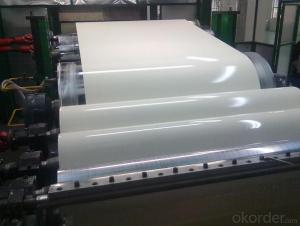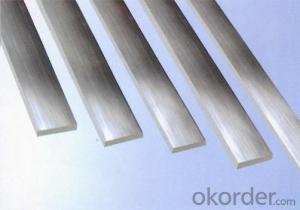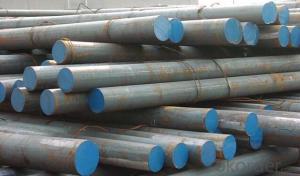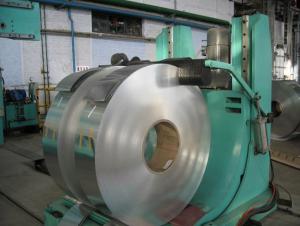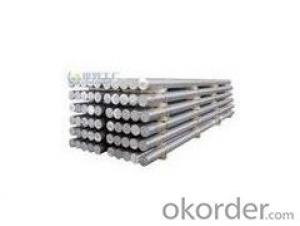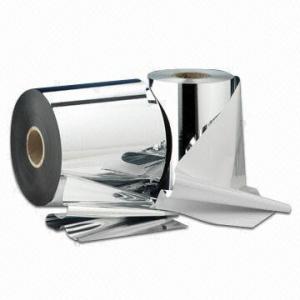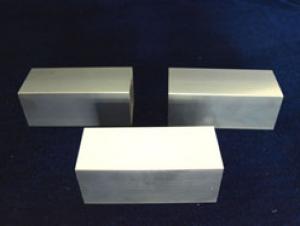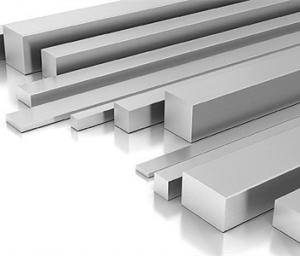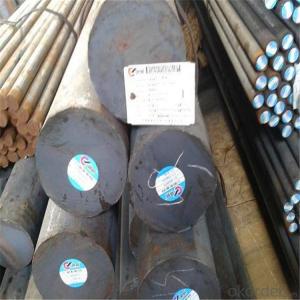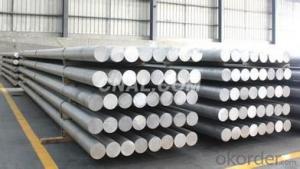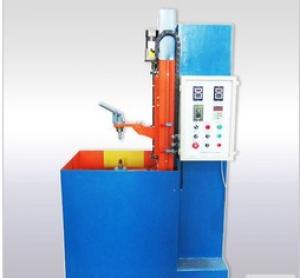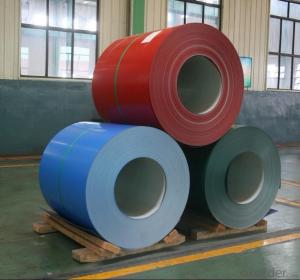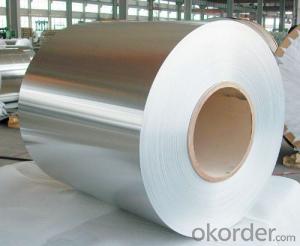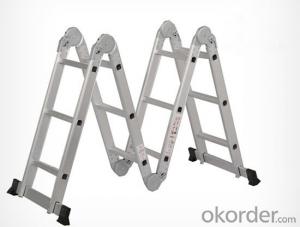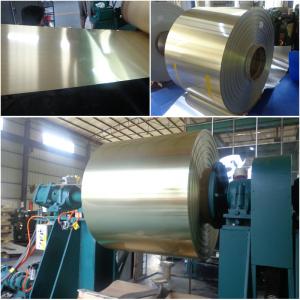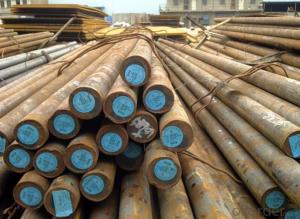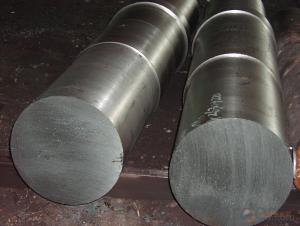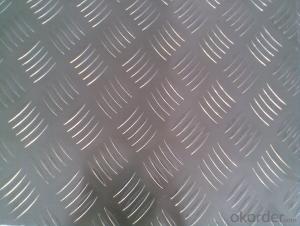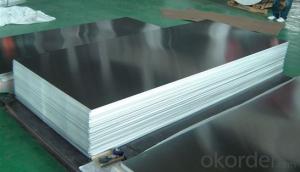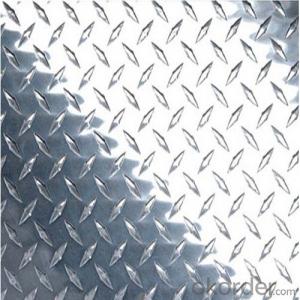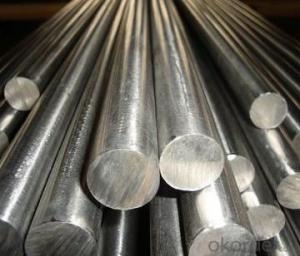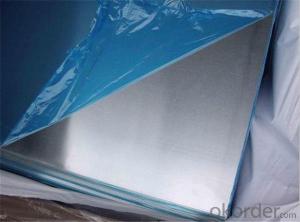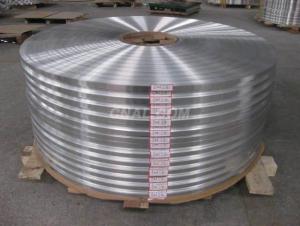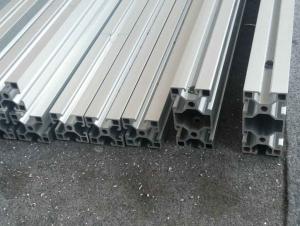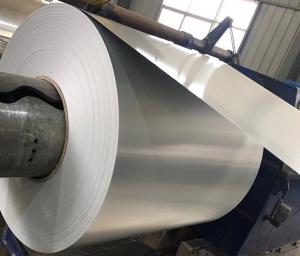Anodized Aluminum Bar Stock
Anodized Aluminum Bar Stock Related Searches
Anodized Aluminum Flat Bar Stock Anodized Aluminum Stock Anodized Aluminum Tube Stock Polished Aluminum Bar Stock Anodized Aluminum Angle Stock Anodized Aluminum Rod Stock Anodized Aluminum Sheet Stock Extruded Aluminum Bar Stock Anodized Aluminum Flat Stock Brushed Aluminum Bar Stock Anodized Aluminum Coil Stock Stock Aluminum Bar Aluminum Bronze Bar Stock Bending Aluminum Bar Stock Aluminum Round Bar Stock Aluminum Stock Bar Solid Aluminum Bar Stock 1 2 Aluminum Bar Stock Aluminum Flat Bar Stock Aluminum Square Bar Stock Aluminum T Bar Stock Round Aluminum Bar Stock Aluminum Rectangular Bar Stock 1 Inch Aluminum Bar Stock 1 Aluminum Bar Stock Cold Bending Aluminum Bar Stock Buy Aluminum Bar Stock Aluminum Bar Stock For Sale Metric Aluminum Bar Stock Aluminum Tee Bar StockAnodized Aluminum Bar Stock Supplier & Manufacturer from China
Anodized Aluminum Bar Stock is a type of aluminum material that has undergone an anodizing process, which enhances its surface properties and provides increased resistance to corrosion and wear. This process results in a durable and aesthetically pleasing finish, making it suitable for a wide range of applications.Anodized Aluminum Bar Stock is commonly used in industries such as automotive, aerospace, and consumer electronics due to its lightweight, strong, and corrosion-resistant properties. It is ideal for constructing various components, including frames, brackets, and decorative elements. Additionally, its attractive appearance makes it a popular choice for architectural applications, such as facades, railings, and interior design elements.
Okorder.com is a leading wholesale supplier of Anodized Aluminum Bar Stock, offering a vast inventory of this high-quality material to cater to the needs of various industries. With their extensive range of sizes, shapes, and finishes, customers can find the perfect Anodized Aluminum Bar Stock to suit their specific requirements.
Hot Products
